Text and Photos by Henrylito D. Tacio
When Robert Redford was searching for a place to shoot the adaptation of Norman MacLean’s acclaimed memoir, A River Runs Through It, he thought of doing it in Missoula, where the author grew up. But the city was “too modern” now, so the Oscar-winning director had no choice but to film the movie in Livingston.
If you have seen the 1991 flick starring the Hollywood heartthrob Brad Pitt, you would say Livingston was the perfect setting for it. After all, one of the main attractions of the city is its historic charm.
History, it is said, often provides inspiration, and Livingston’s preservation of its past is an essential aspect of the town. In 1997, when the U.S. Postal Service tried to move the Livingston post office from downtown, it took only four days for 1,500 citizens to sign a petition, contact their congressmen and stop the move.
Throughout the neighborhoods and the commercial district, many of the city’s early buildings still stand today. They’ve been preserved and restored to appear as they did more than 100 years ago. Some of these buildings still have visible, albeit faded, advertising signs on their sides.
Livingston’s Main Street strongly resembles its Main Street of 1900. “Downtown, you’ll find things looking pretty much the same as they did before World War II,” comments one historian. “It’s not an accident. Influenced by a thriving community of internationally famous writers, artists and actors, residents have made it a point to preserve their downtown heritage.”
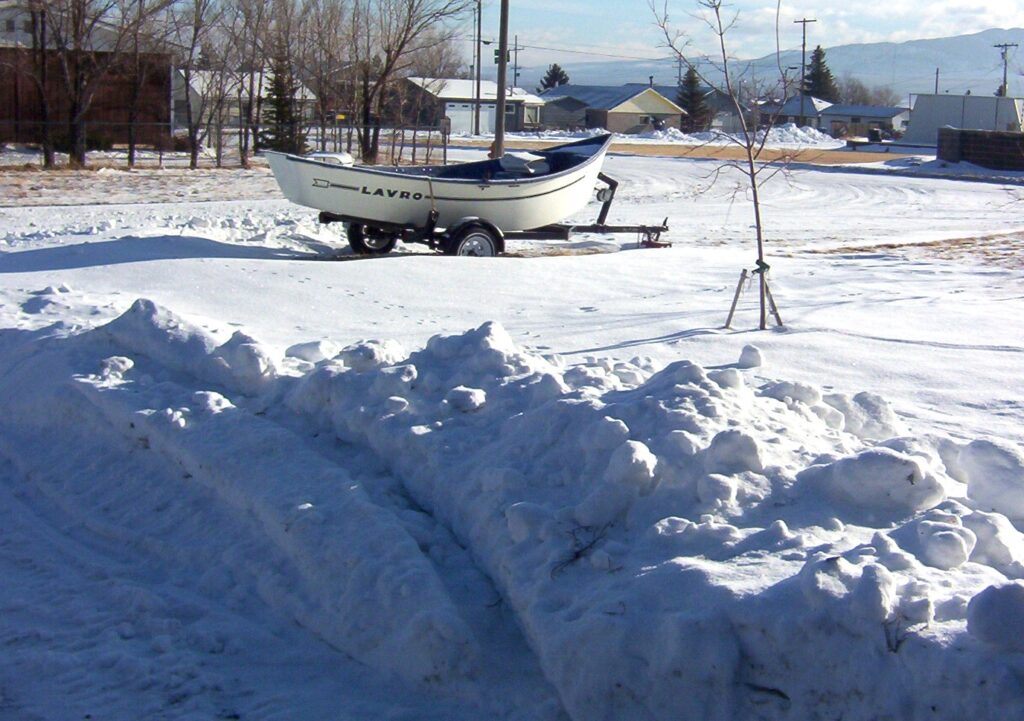
Livingston Montana 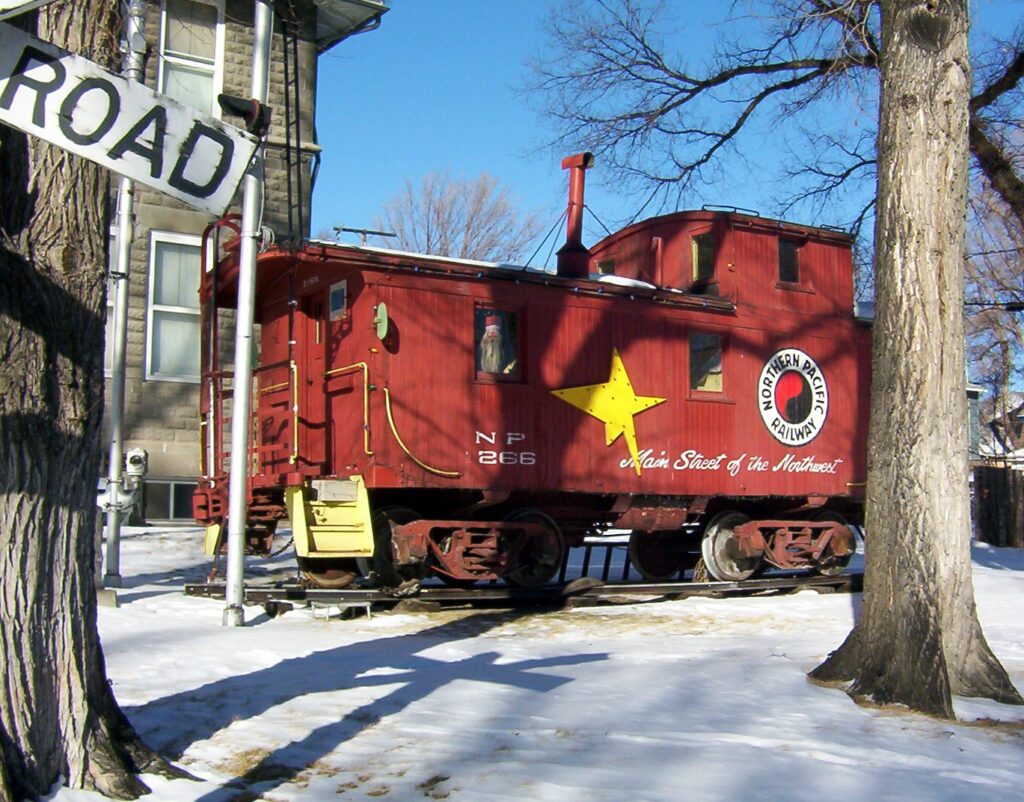
Yellowstone Gateway Museum of Park County
If you want to know more about the historic city, visit the Livingston Depot Center, which captures the spirit and history of the West through a variety of media, artifacts, photography, art, and costumes. The building was more than 100 years old, which was designed by St. Paul architects Charles Reed & Allen Stem, who were also responsible, in part, for Grand Central Station in New York City.
The Livingston Depot, the showcase Northern Pacific railroad station between Chicago and the West Coast, features rich ornamentation, finishes of terrazzo and mosaic tile, 25-foot coffered ceilings and brass ornamentation, as well as a formal “Women’s Parlor” and men’s “Smoking Room,” which offered fine amenities. The building, by the way, is listed on the National Register of Historical Places.
Livingston is the county seat in Park County. “Park County is what the rest of Montana would like to be,” says the Livingston Chamber of Commerce. “It is here that the Rocky Mountains give way to the plains that stretch to the horizon, the Blue Ribbon trout streams turn and head to the Mississippi River and the Big Sky opens wide.”
Located in south-central Montana, Livingston is nestled in a lovely valley surrounded by the Absaroka-Beartooth Wilderness Area, the Gallatin, and the Crazy Mountains. Livingston sits below the first canyon of the Yellowstone River, along the original and only year-round entrance to Yellowstone National Park (declared as such by President Ulysses S. Grant on March 1, 1872, thus holding the record as the world’s first national park).
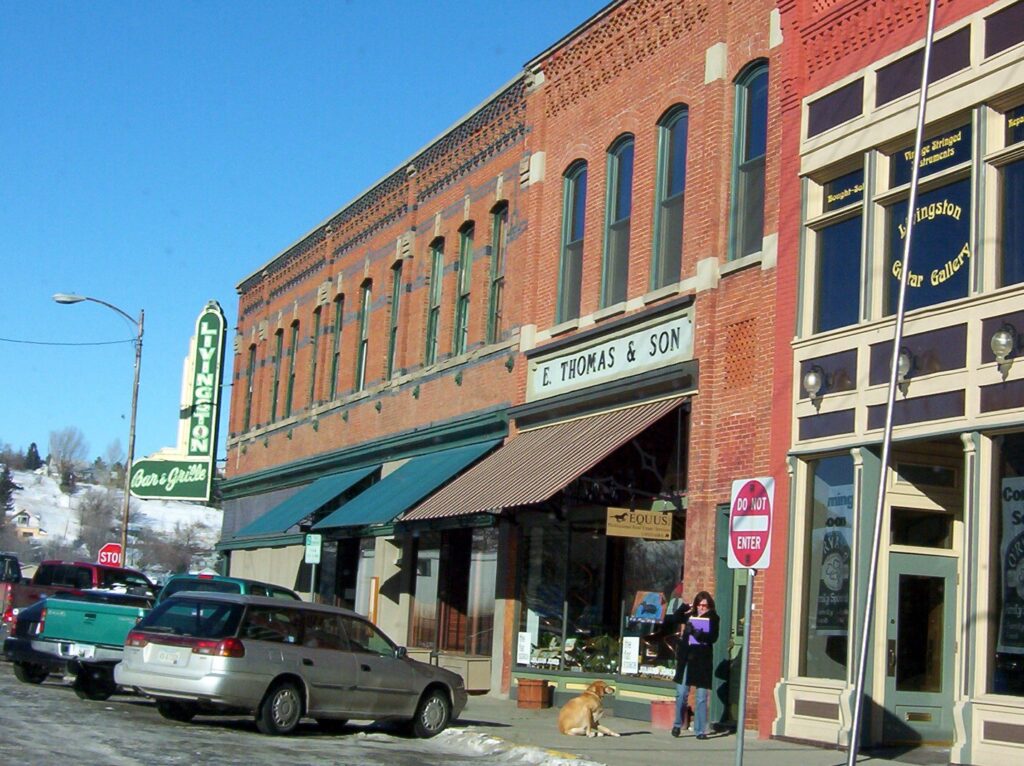
Livingston Bar and Grille 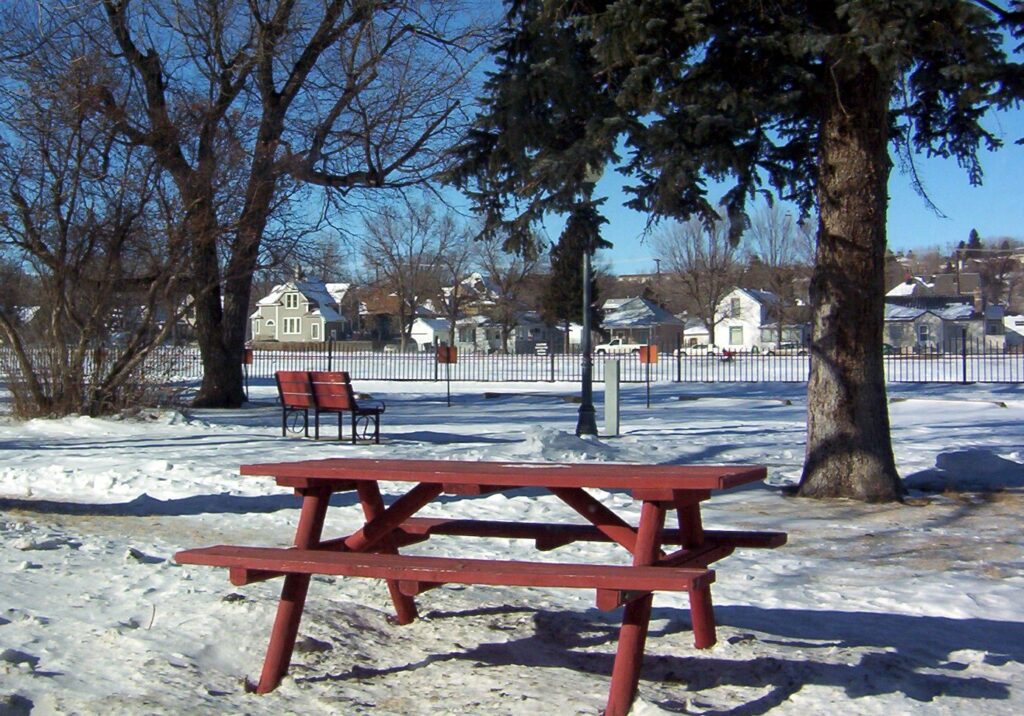
Livingston Montana
One of the most often-visited places is Sacajawea Park. “Located beside the Yellowstone River, this Livingston municipal park is one of the nicest in Montana,” writes John Gottberg in his book, “Hidden Montana: Where Vacations Meet Adventures. The park is named for a Shoshoni Indian woman who traveled with the Lewis and Clark expedition.
At the park’s broad riverine lagoon, children can fish or feed ducks and geese. Within the park is Livingston Civic Center, where indoor scenes from Redford’s 1992 picture starring Brad Pitt were filmed. Picnic areas, restrooms, a bandshell, tennis courts, a playground, and a wading pool round out the amenities. From downtown, follow South Yellowstone Street to its south end.
The railroad, mining, and agriculture played important roles in establishing the Livingston area as a sturdy economic base. In the summer of 1883, the Northern Pacific built a machine and repair shop. Today, it is owned and operated by Livingston Rebuild Center, specializing in locomotive and freight car repair, remanufacturing, and painting. The city, it might interest you to know, was named after Johnston Livingston, the pioneer director of the Northern Pacific.
Livingston is a world-famous fly fishing destination. So, if you’re interested in this type of fishing, you should not miss visiting The International Fly Fishing Center. History, ecology, education, and art come together to make the Center a unique experience. Large natural history murals surround aquariums of live fish, allowing visitors to experience the underwater world. From the antique to the contemporary, thousands of flies, fly rods, and fishing accessories show the art that is fly fishing.
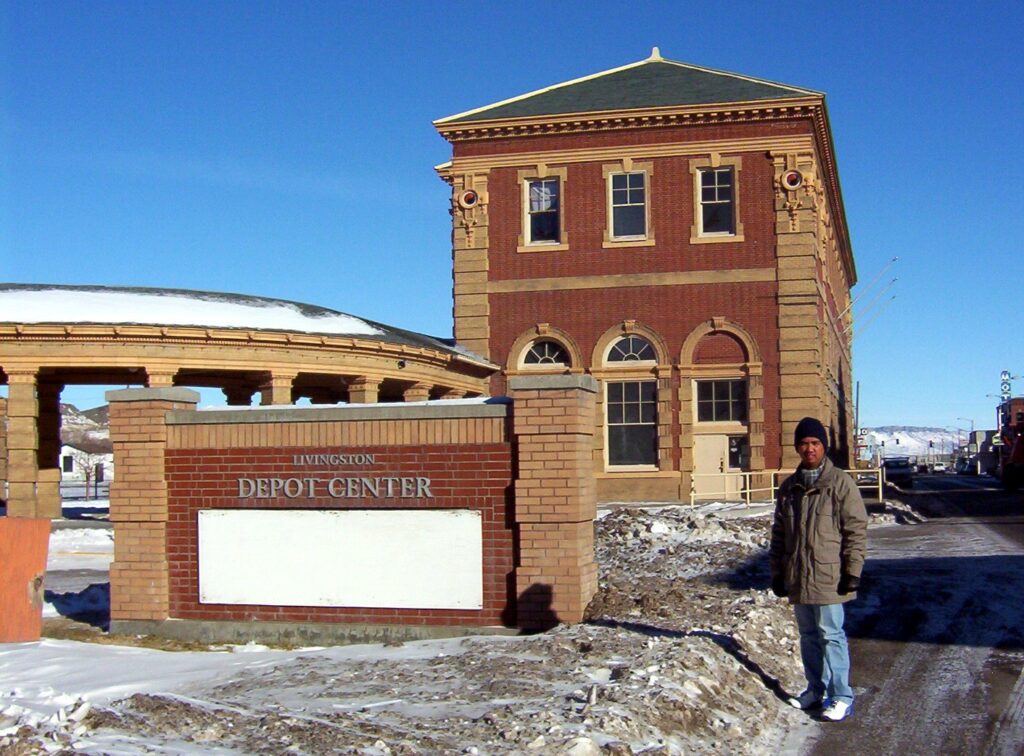
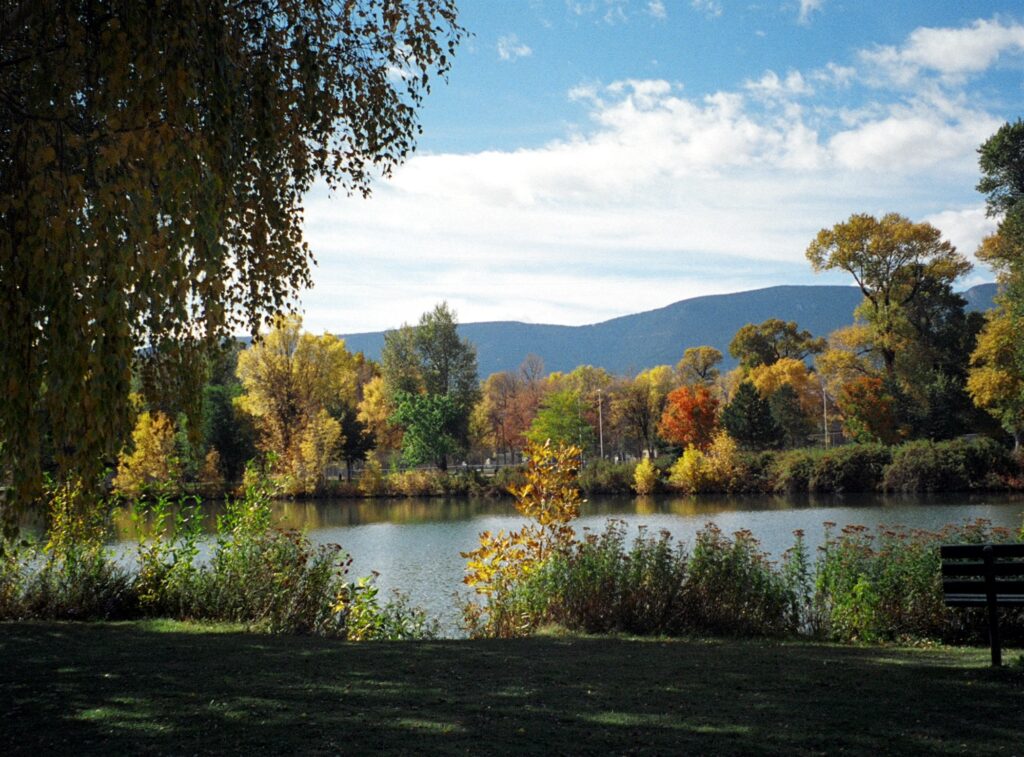
Sacajawea Park
Another must-see is The Natural History Exhibit Hall downtown. The Hall features rarely seen fossils, skeletons, and cultural artifacts from the world’s foremost museums. Rotating exhibits include everything from 100 million-year-old fossil birds and giant rhinos from China, to the oldest known and most primitive dinosaurs from Argentina, to displays of local discoveries – such as the 11,500-year-old Anzick Site, a rare Clovis culture site considered to be one of the most significant archaeological sites in the western hemisphere.
If you love movies like me, you can watch your favorite film at the Empire Twin Theater.
By the way, Redford returned to Livingston in 1995 to shoot the film adaptation of “The Horse Whisperer.” Other films made in the city include 1973’s “Thunderbolt and Lightfoot,” 1974’s “Rancho Deluxe,” 1986’s “Amazing Grace and Chuck,” 1988’s “Cold Feet,” and 1991’s “Keep the Change” for TNT.
Some of Hollywood’s biggest stars call Livingston their home. If you’re lucky enough, you will meet in person such celebrities as Dennis Quaid (whom I met and talked with at the airport in Bozeman), and Margot Kidder. Three Oscar-nominee Jeff Bridges, who also lives in this town, owns a coffee shop. Thirty miles east of Livingston, you can visit the ranches of Tom Brokaw. The following also have ranches near Livingston: Michael Keaton, Whoopi Goldberg, Peter Fonda, and Harrison Ford.
Livingston and environs are home to more professional writers, per capita, than San Francisco, New York City, or any other literary hotbed you’d care to name. These days nobody knows quite who to blame for this. However, novelist Tom McGuane, who moved here nearly three decades ago, certainly had a lot to do with it, playing a role in attracting several of his writer friends to the area, including the late poet Richard Brautigan; novelist/screenwriter William Hjortsberg; and Russell Chatham, who is renowned for writing as well as for his magnificent landscapes arid for Livingston’s five-star restaurant, Chatham’s Livingston Bar and Grille.

